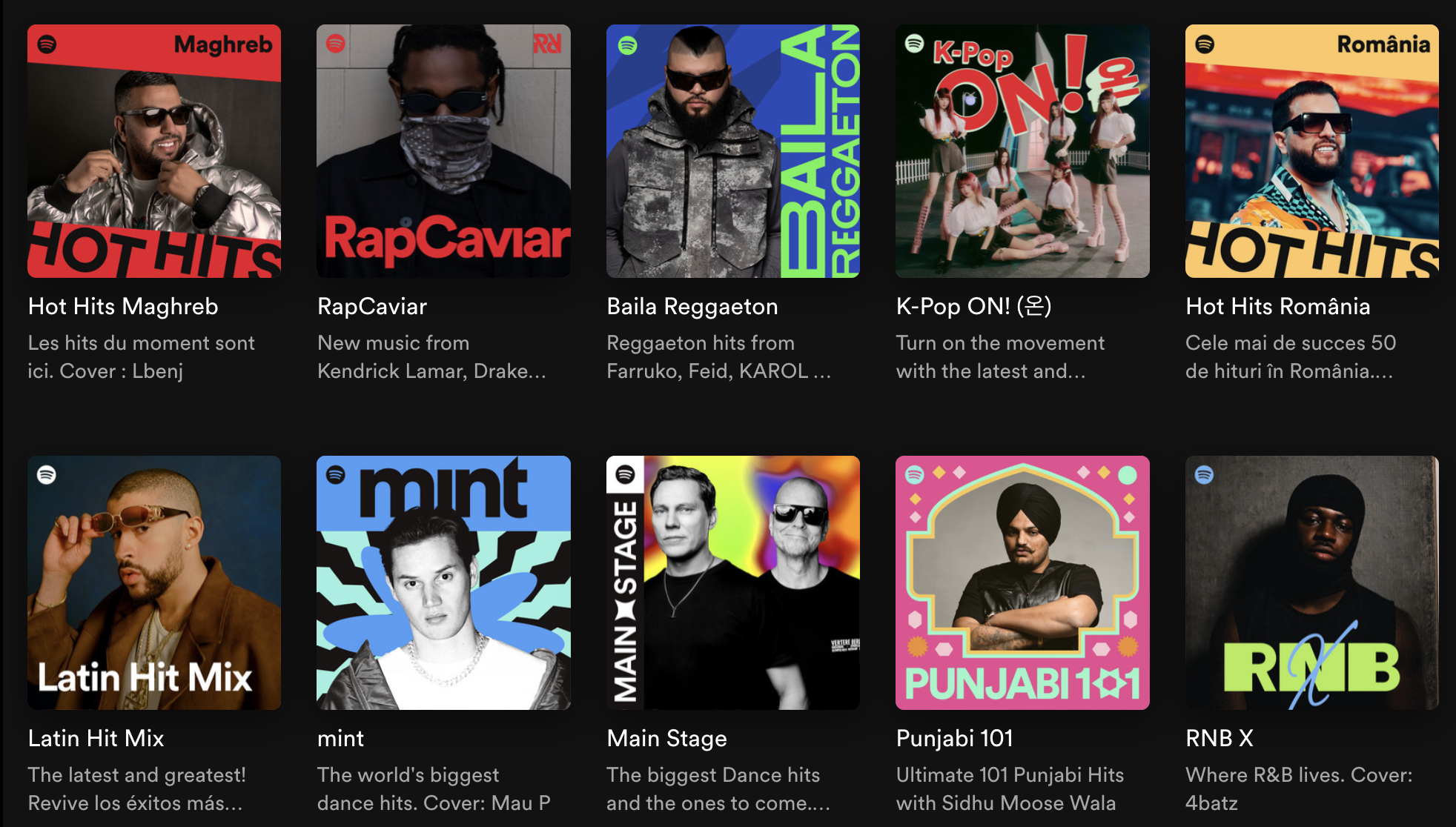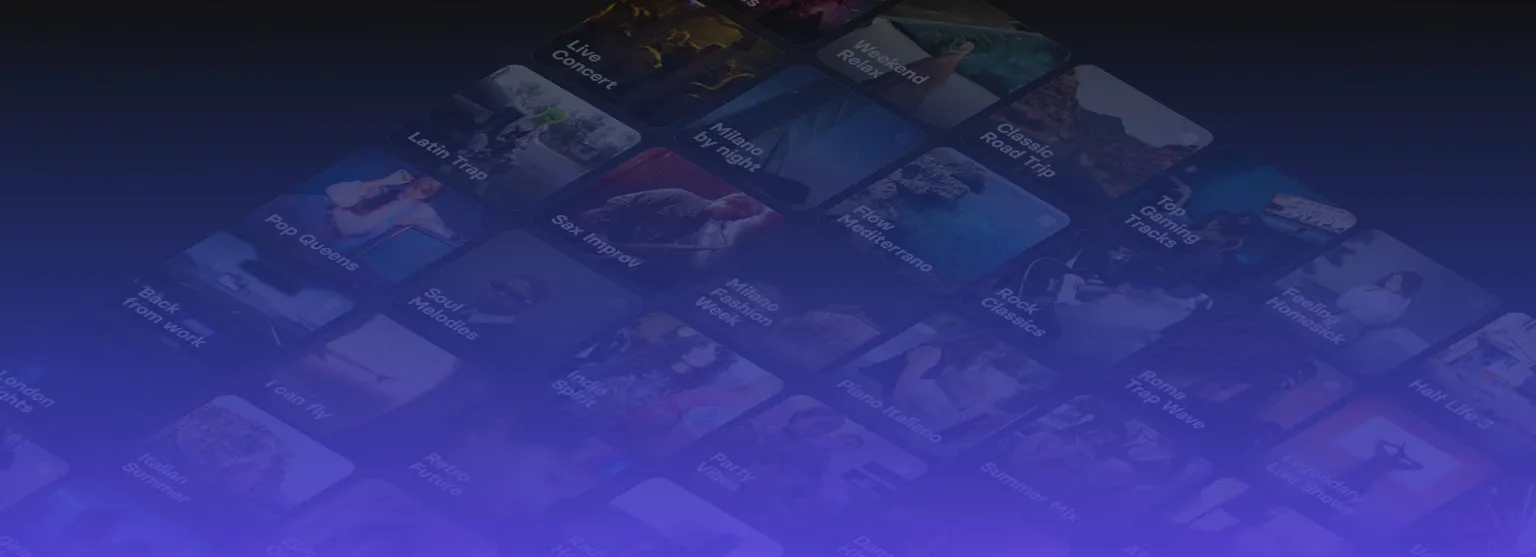
In the last few years, playlists have radically transformed our approach to listening to and discovering music. These curated lists of songs have become an invaluable resource not only for music enthusiasts but also for emerging artists eager to make their mark in the music scene.
Playlists have long been established as a powerful and effective tool for music promotion. However, with their growing popularity, some myths have emerged that need to be clarified.
One playlist is enough
A common misconception is that being featured in one major playlist automatically guarantees a successful music career. In reality, music promotion through playlists requires diversification and persistence. While being featured in a prominent playlist is a positive step, it is essential to broaden the approach by working on various playlists and promotional channels. This diversification helps to build a stronger and more enduring presence in the music industry.
Playlists are the only way to gain visibility
While playlists are an effective music promotion tool, it is crucial to understand that they should not be the only means in an artist's toolkit. Other approaches, such as direct interaction with fans on social media, participation in live events, and the creation of original content, are equally crucial for building a solid fan base. It's not just about numbers; it's essential to establish an authentic connection with your audience and ensure that your music resonates with your fans.
Only large playlists matter
Another misconception in music promotion is that only playlists with millions of followers are relevant. While being included in popular playlists is certainly advantageous, smaller niche playlists also have unique value. Often, these playlists are followed by highly engaged listeners passionate about a specific genre. Being featured in these playlists can foster a more authentic connection with the target audience and greater fan loyalty. Small playlists should not be overlooked, especially if your music genre lends itself to a specific niche. These playlists can serve as a launching pad to reach the right audience and gradually build a dedicated fan base. Each playlist has its unique audience, and capitalizing on this diversification can be crucial for an artist's growth and success.

Not all playlists are created equally
Playlists vary in their curation methods. While some are curated by music enthusiasts searching for new talents, others are generated by algorithms based on streaming metrics (e.g., Spotify's algorithmic playlists). Artists should aim to be included in playlists managed by human curators, as these playlists tend to be more selective and focused on the quality of music. Additionally, it is essential for the playlist to align with your style and genre to maximize the chances of appealing to your ideal audience. Rather than submitting songs to playlist curators simply because they are popular, it is advisable to pause and reflect on what you want to achieve and where you want to go.
Matchfy is a valuable tool in this context. It allows you to search for your song, input the genre, and automatically receive a list of playlists that are most suitable for you. When you decide which playlists to submit your song to, the curators subscribed to Matchfy.io will receive your submission ready to be considered for inclusion in Spotify's best playlists.
Thanks to Matchfy, the promotion process becomes more efficient and targeted, allowing you to reach a broader and more relevant audience.
Only major labels have access to successful playlists
There is a widespread belief that only major record labels have access to successful playlists, while independent artists are excluded from this opportunity. However, the reality is quite different: successful playlists are always on the lookout for new talents, and many of them are open to collaborations with independent artists. There are numerous cases of unknown artists being discovered through playlists curated by independent curators or streaming platforms. Independent artists have the flexibility to experiment with different sounds and styles, making them very appealing to playlist curators in search of fresh and innovative music.
Access to successful playlists is not exclusive to major labels but requires building relationships, sending high-quality music, and a well-planned promotion strategy. Independent artists have a real opportunity to gain visibility through playlists, provided they are willing to invest time and energy in their music promotion!
In conclusion, playlists have proven to be crucial in music promotion, but it is essential to avoid falling into the myths surrounding them. Diversification of promotion strategies, production of high-quality music, and establishment of authentic relationships with playlist curators are indispensable elements for ensuring long-term success in the contemporary music industry. Hard work and focus on art and connection with the audience remain the keys to achieving long-term musical success.

